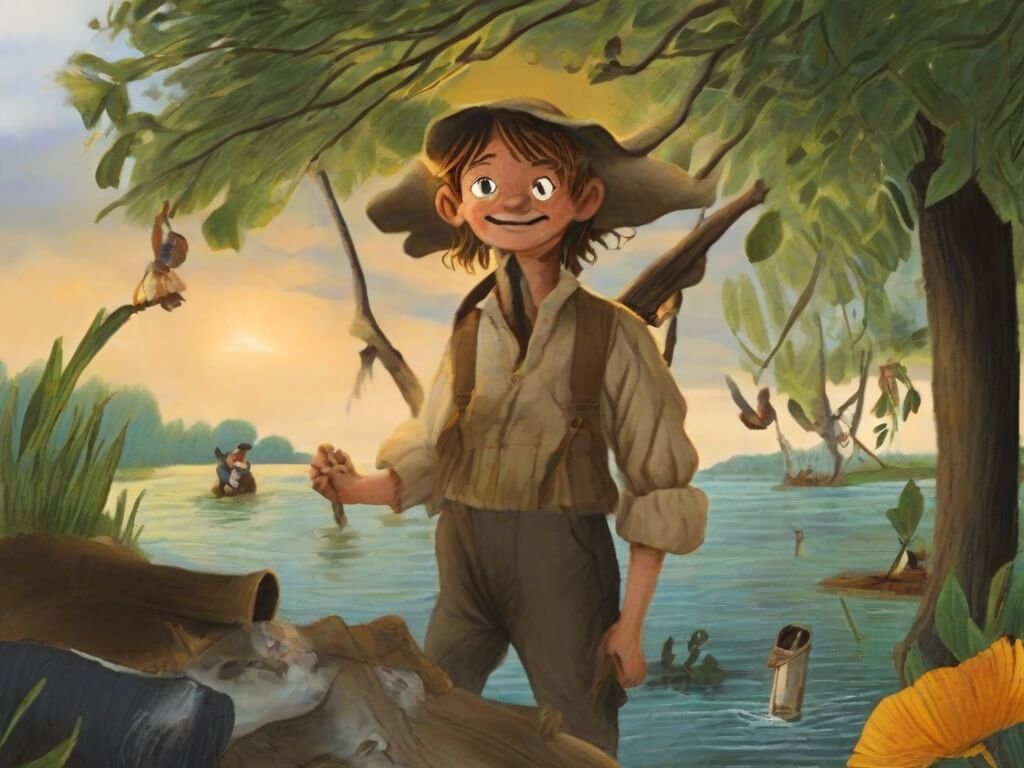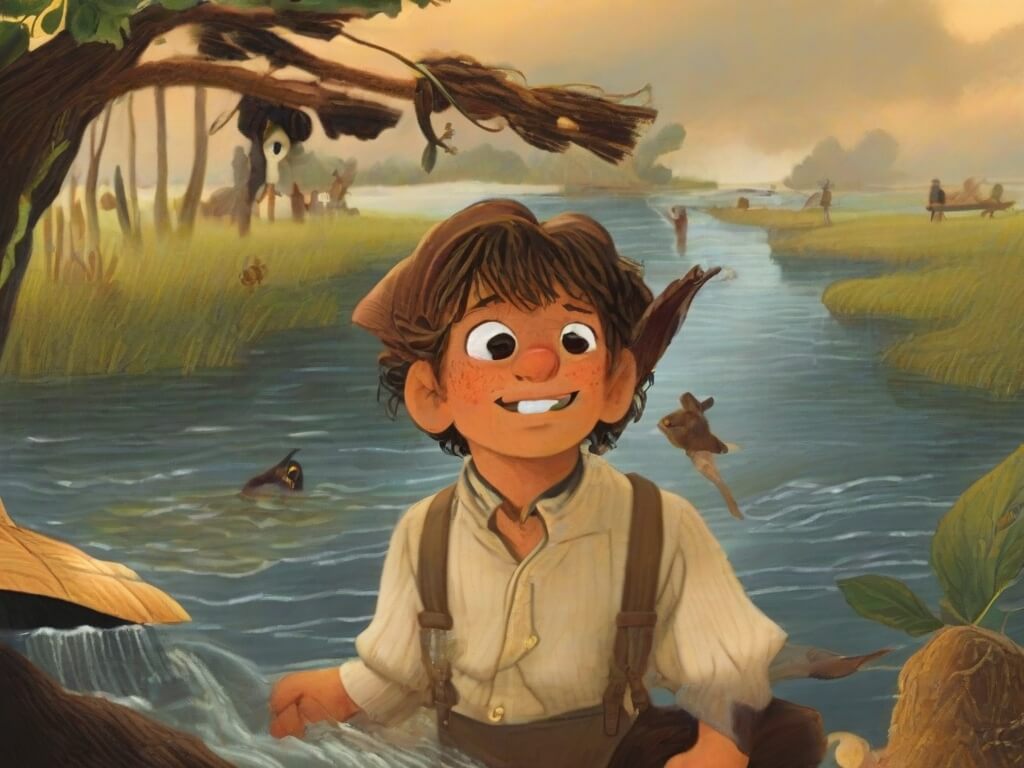Delve into a thoughtful critique of Mark Twain’s ‘Huckleberry Finn.’ Explore themes, characters, and societal commentary in this literary classic. Uncover fresh perspectives on Huck’s journey and Twain’s narrative craftsmanship.

Huckleberry Finn; is a novel by Mark Twain, published in 1884. It draws on Twain‘s boyhood in Hannibal, Mo., his knowledge of the Mississippi River as a pilot, and his 20 years of experience in creating fictional character and adventure. Adventures of Huckleberry Finn probes beneath surface appearances to the conflicts in people’s real feelings.
Huck, who tells the story, flees the respect-ability of a small Southern town and the terror and irresponsible sadism of his father. Twain rushes Huck, his most important teenager, into encounters that allow the author to depict pre-Civil War life along the Mississippi, as well as to present the moral complexities of a boy’s growing up. Meeting the slave Jim, who has escaped from the same household as Huck has left, Huck decides to help him to freedom. As the two journey down the river, Huck’s emerging awareness of what his reflexes immediately tell him—that he and Jim are united as equals—forms one of the most important cohesive elements of the book.

Critique
Many readers have been put off by the last 12 chapters, in which Huck and Jim arrive at the Phelps plantation and Jim is held as an escaped slave. There Huck is reunited with Tom Sawyer, his respectable friend, who arrives to visit his aunt and uncle. Tom, still as committed to the world of imaginary adventure as he had shown himself to be in the first chapters, sets about freeing Jim through a series of ridiculously sensational and irrelevant machinations inspired by romances Tom has read. (For example, he warns the Phelps family that “cutthroats from over the Ingean Territory” plan to steal Jim.) But his contrived make-believe turns into chaotic reality, climaxed by his receiving a bullet in the heel and by Jim’s recapture. Tom has kept secret the news that Jim has already been freed by his owner because Tom wants to enjoy the “glory” of the fantastic escape. His scheming contrasts shoddily with the real adventures that Huck and Jim have shared.
Tom (along with his society) sees Jim as a manipulable object, while Huck has come to see him as a human being. “Git up, Jim; they’re after us,” exclaims Huck at a moment of crisis. But no one is “after” Huck at all; rather, Huck perceives a shared humanity where other characters perceive merely another slave, a creature without feelings or will.
This persistence of habitual modes of thinking and perceiving in the face of contradictory experience, and Huck’s triumph over it, are given vitality by the vivifying magic of Twain’s use of dialect. The novel’s enduring popularity derives as much from its language as from any other quality, Huck being the first “vernacular hero” in American literatüre. The narrators of J. D. Salinger’s The Catcher in the Rye (1951) and Saul Bellow’s The Adventures of Augie March (1953) are only two in the number of Huck’s successors who assume morally viable positions in the vernacular reserved, before Twain, for mere figures of fun. Twain gives artistic dignity to the lingo of his countrymen in this seemingly simple yarn of a boy’s adventures in freedom and responsibility.
mavi